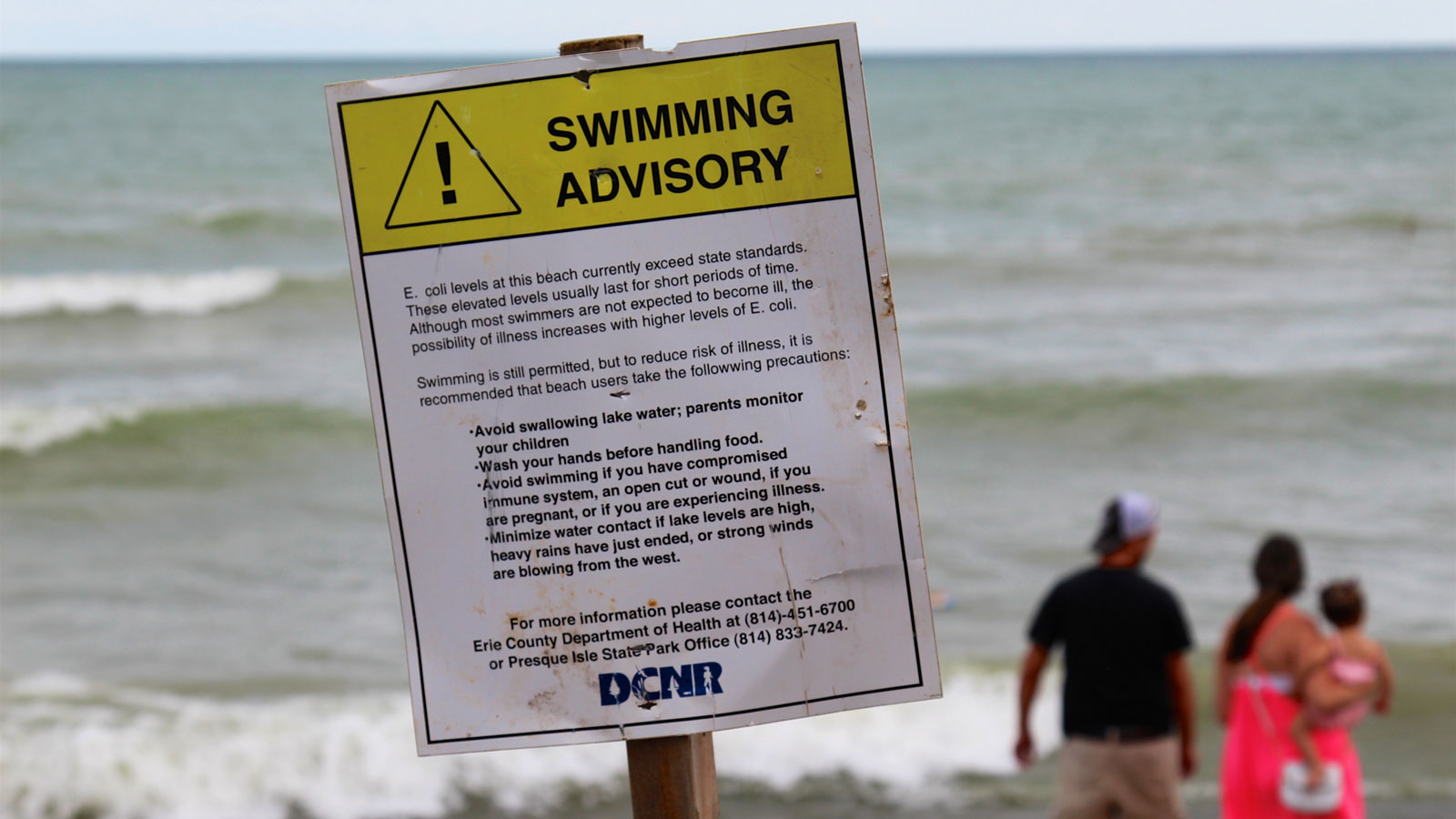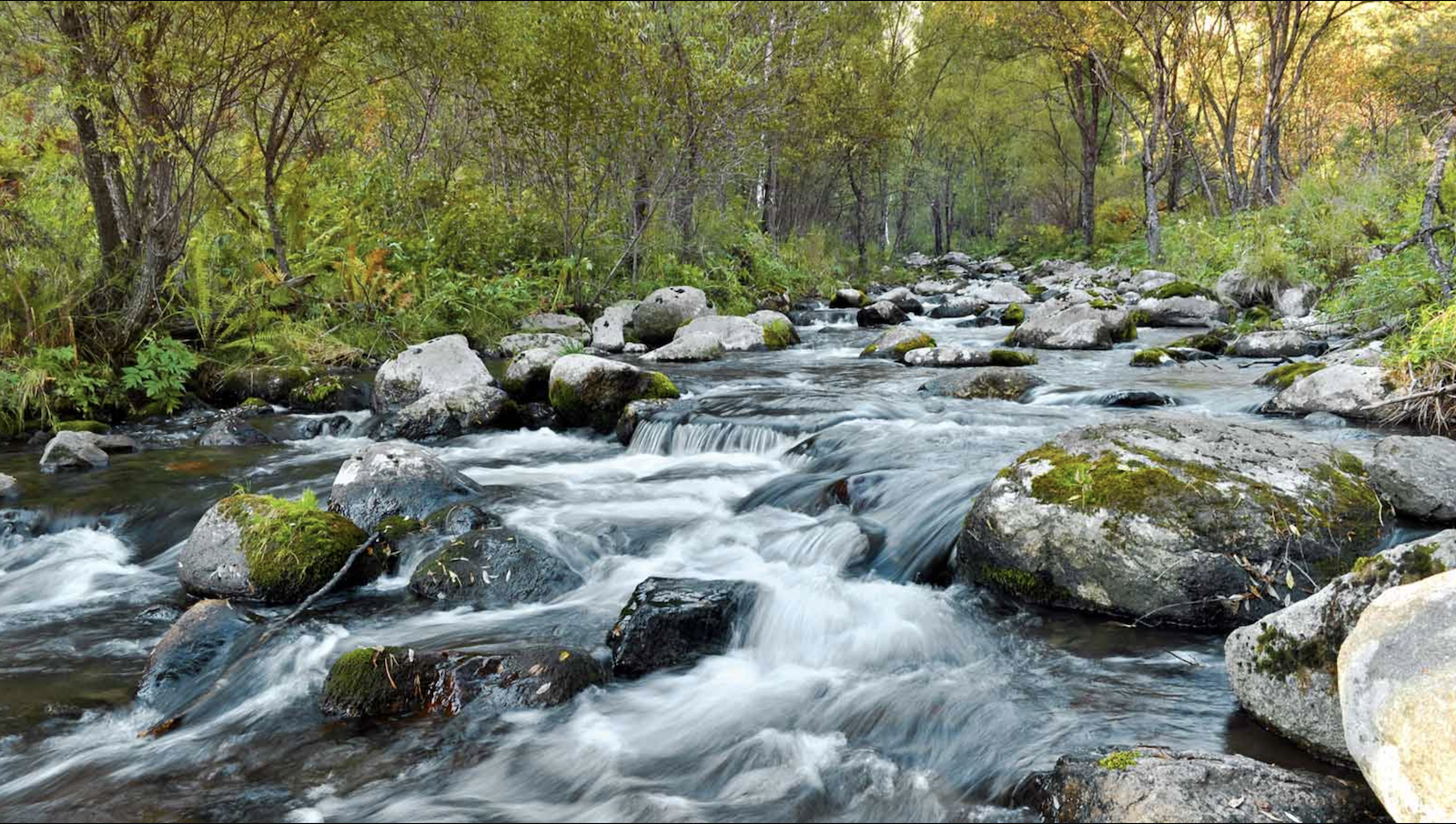
Jennette Gayer’s Interview with Superintendent of the Chattahoochee River National Recreation Area
Superintendent Patty Wissinger works for the National Park Service and oversees the Chattahoochee River National Recreation Area. She is a native North Carolinian and a 28-year National Park Service veteran. She spoke with Environment Georgia’s Jennette Gayer in December 2012.
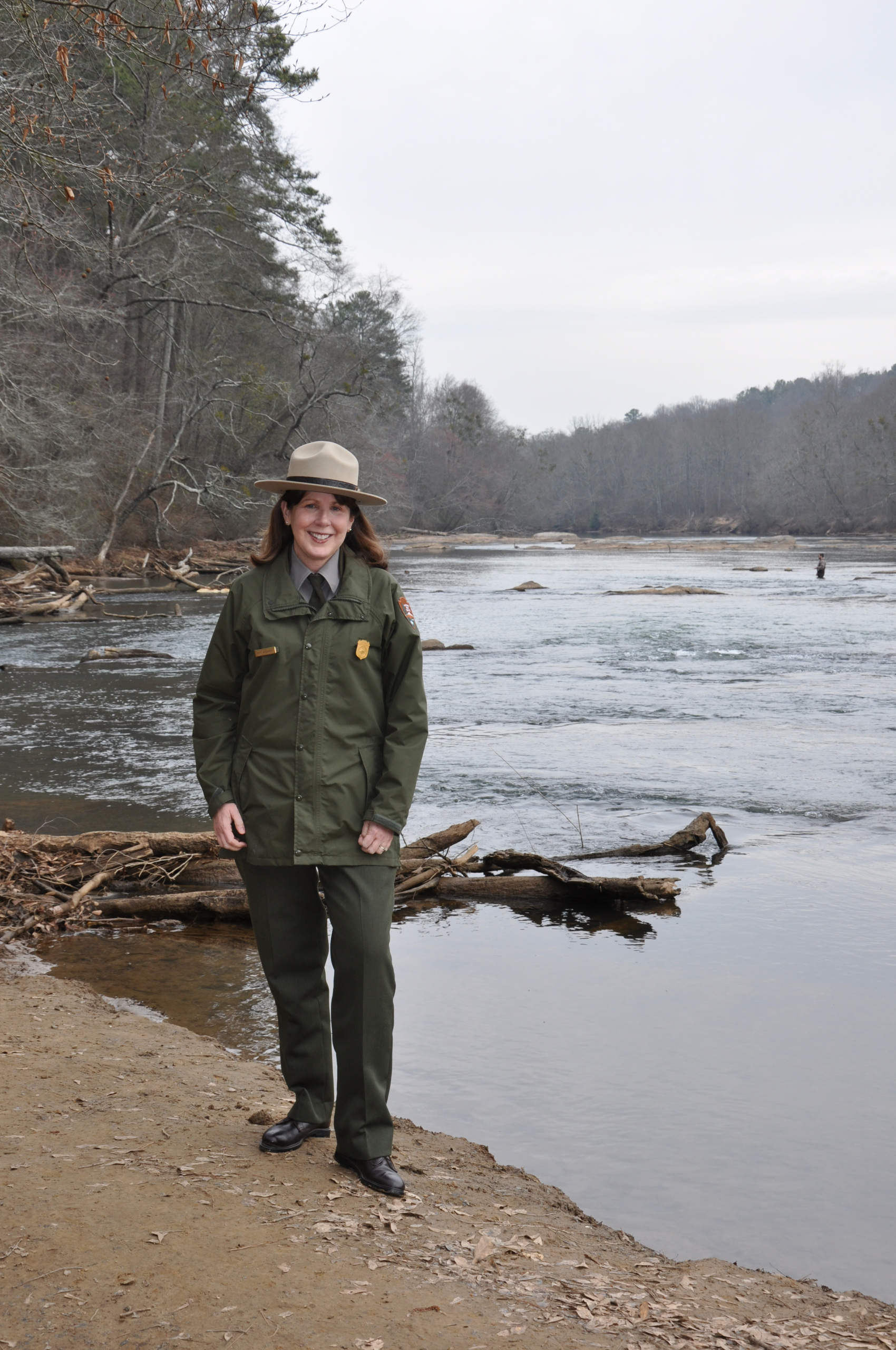
Superintendent Patty Wissinger works for the National Park Service and oversees the Chattahoochee River National Recreation Area. She is a native North Carolinian and a 28-year National Park Service veteran. She spoke with Environment Georgia’s Jennette Gayer in December 2012.
Jennette Gayer:
I’m sitting down at the Chattahoochee River National Recreation Area with Superintendent Patty Wissinger who oversees the string of parks that the National Park Service owns up and down the Chattahoochee River starting at Lake Lanier all the way down to a little bit north of Atlanta.
We’re going to talk today some about the Land and Water Conservation Fund (LWCF) that Environment Georgia has been working on to help the Park Service buy up more land.
Do you want to start by giving your background and the background of the park and how LWCF plays into it?
Superintendent Wissinger:
Thanks for talking with us about this subject, it is always important to us in the National Park Service (NPS) and the LWCF is a key component of what has helped the Chattahoochee River Recreation Area become what it is and will help build it into the future as well.
Just a little about the park– it is a linear park, 48 miles long. It starts up at Buford Damn and travels south. We go through four counties, 7 different cities and comprise some of the primary public greenspace in the Atlanta metro region, in fact somewhere between 65 and 70 percent of the public greenspace in metro Atlanta is this National Recreation Area. And it is all thanks to a great vision by some good people back in the 70’s who worked hard to preserve this amazing scenic resource that comes through this metro area. The Park is such a treasure to the area and is going to be an important part of the quality of life to this region for a long time. The NPS wants to take good care of it.
The park is authorized at 10,000 acres, by Congress. Right now it is at about 6,500 acres so there is certainly more land that needs acquired and we certainly anticipate that that doesn’t happen overnight. The NPS does not use imminent domain to acquire land but rather finds willing sellers to purchase land. And one of the dichotomy’s of the past few years, with the economy in decline, is that there have been land parcels coming up for sale that we never thought the park would have been able to acquire, but the other side of that is these are much tougher times for the government as well, including for the Land and Water Conservation Fund. So there are tracts that the NPS is watching and we are hoping the LWCF will provide a source to help protect those. One of the park’s other missions is to not just exist as a solid national park along the river but also to connect with the city parks, county parks and state parks, to provide a continuous green corridor.
Jennette Gayer:
The concept that this is 60-70 percent of the area’s public greenspace is amazing to me and is obviously an important role. What are some of the other important roles the park plays?
Superintendent Wissinger:
Certainly recreation is a role; getting people up and outside into the sunshine—getting people outdoors in a safe way. It is also an important corridor for wildlife. The park is along the Brevard Fault Zone and has some really treasured species, scenery—areas that are not developed. And it is also a true recreation area; a place for people to get outside in a beautiful environment.
Jennette Gayer:
And a great river buffer!
Superintendent Wissinger:
That’s right, the park does supply drinking water for the City of Atlanta. It comes out of the lake up north and travels through the Recreation Area and is used for a lot of the waste water treatment up and down that corridor. This treatment has vastly improved over the last 20 years thanks to organizations like the Chattahoochee Riverkeeper and higher standards that the State has implemented. People used to think of the Chattahoochee as somewhat polluted and while it is still not perfect, it is a lot better than it was 20 years ago thanks to the efforts of a lot of people.
People can get out and they can enjoy the river. The way I see it, and many people see it, is that this river is key to the quality of life in this region and that is key to the economy. It makes the Atlanta area a better place to live. That attracts residents, perhaps making people want to move here, and enjoy living here. So many cities around the country have capitalized on their rivers as key to the attractiveness and quality of life in a region. The Chattahoochee River and the National Recreation Area can do that for Atlanta.
Jennette Gayer:
Great point, what is it that attracts business is an important question. Now I want to talk about threats. What do you see as some of the threats to the park as it is now or to accomplishing that vision of a 10,000 acres park?
Superintendent Wissinger:
The threat to the river is over-development along the river. Of course there can be smart development and there is some nice development now along the river, but essentially if we are going to have a protected National Recreation Area through here the goal is to get as much riverfront land protected as possible, to protect the buffer for the water quality and scenery and to give people a great experience. If they are paddling or hiking by an over-built environment, that may degrade the quality that people are looking for.
If you look at the park map, all the land in green is the land NPS owns; all the land in brown is what Congress has authorized NPS to buy if there is a willing seller. The north end of the park is a very critical area because most of the land is protected except for a small section near Hwy. 20. Acquiring that section would help the NPS connect two pieces of park, creating a continuous eight-mile stretch of greenspace with the potential to put in trails and public access. As you can see, most of the areas aren’t like that. There are chunks of protected land and chunks of private land and the reality is that some of this land along the river we will never be able to own because Congress has not authorized the NPS to acquire those lands. But the other areas that are authorized are very important to completing the Chattahoochee River National Recreation Area.
This critical track at Hwy 20 has an approved development plant for approximately 50 high end homes right along the river. The NPS has been working with the Trust for Public Land (TPL) to purchase and protect some of that land. It is an involved process with many nuances. However, funding from the Land and Water Conservation Fund can often help close deals such as this one where there are willing sellers and willing partners to help protect the land.
Jennette Gayer:
What are some of your other plans for the park?
Superintendent Wissinger:
Because the Chattahoochee River NRA is a relatively young park, (it was authorized under the Carter administration in 1978), the park is still evolving into what it is going to be. Some of our park is gorgeous and beautiful and some parts need some work. We try to partner with communities and organizations for beautification projects. Some of the park’s developed areas are pretty basic— as simple as a gravel parking lot and maybe a boat ramp. Our goal, however, is to provide more of a National Park identity to these areas. In other words, work with the natural landscapes in these areas so that they ultimately look and feel more like a National Park to the visitors.
Volunteering is key to the park operation. We have a small staff and have over 3.2 million visits to the park every year— with people visiting on foot, or in the water fishing, kayaking, and picnicking. We are so fortunate to have a great cadre of volunteers; over 5,000 in the past year. We want people to get out and enjoy the park. Once they see it and get out on the river they can’t help but fall in love with it — and that is ultimately what will protect it.
Jennette Gayer:
Superintendent, thank you so much for joining us for a newsletter interview and thank you for all your work!
Topics
Find Out More

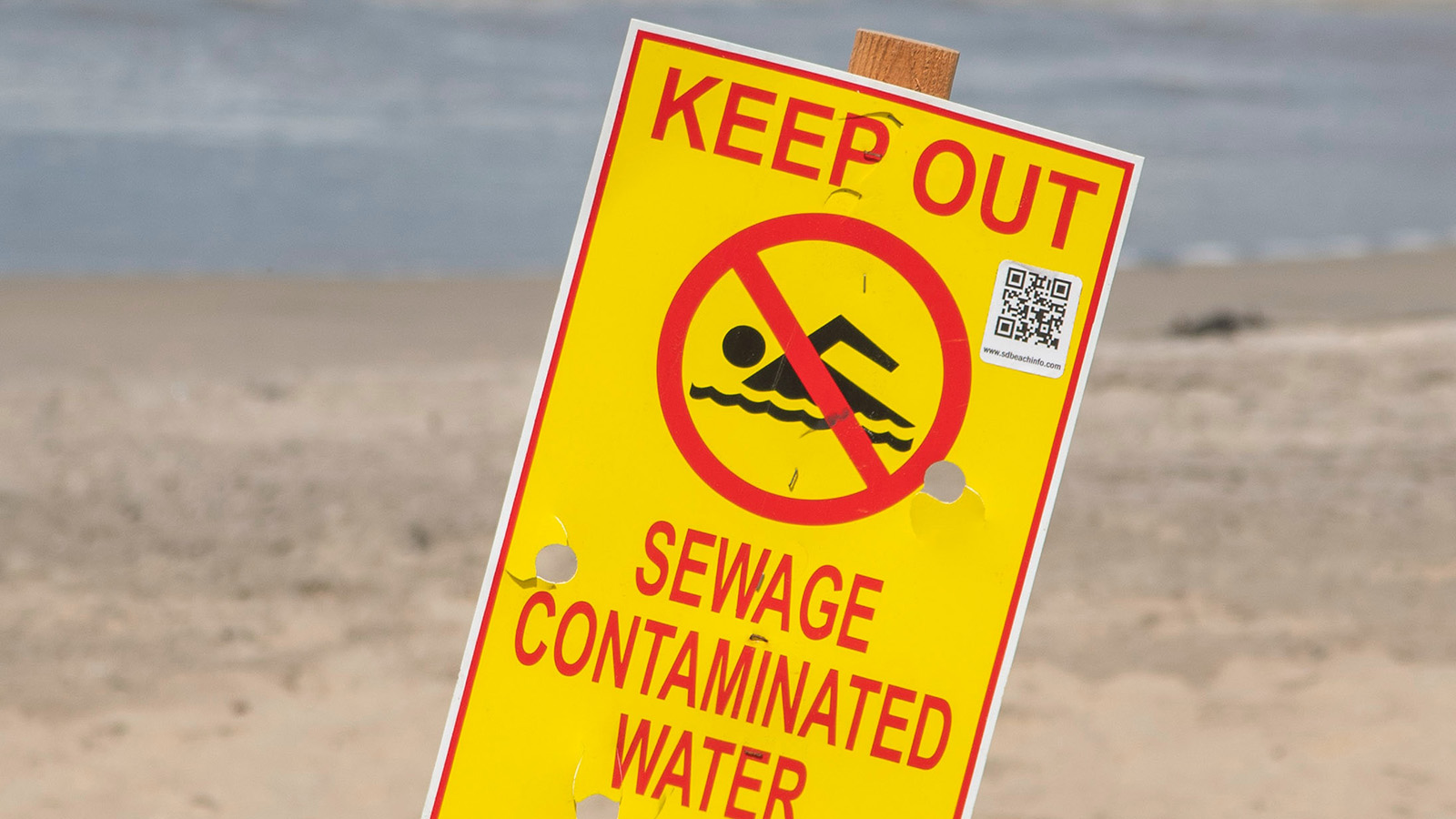
Safe for Swimming?
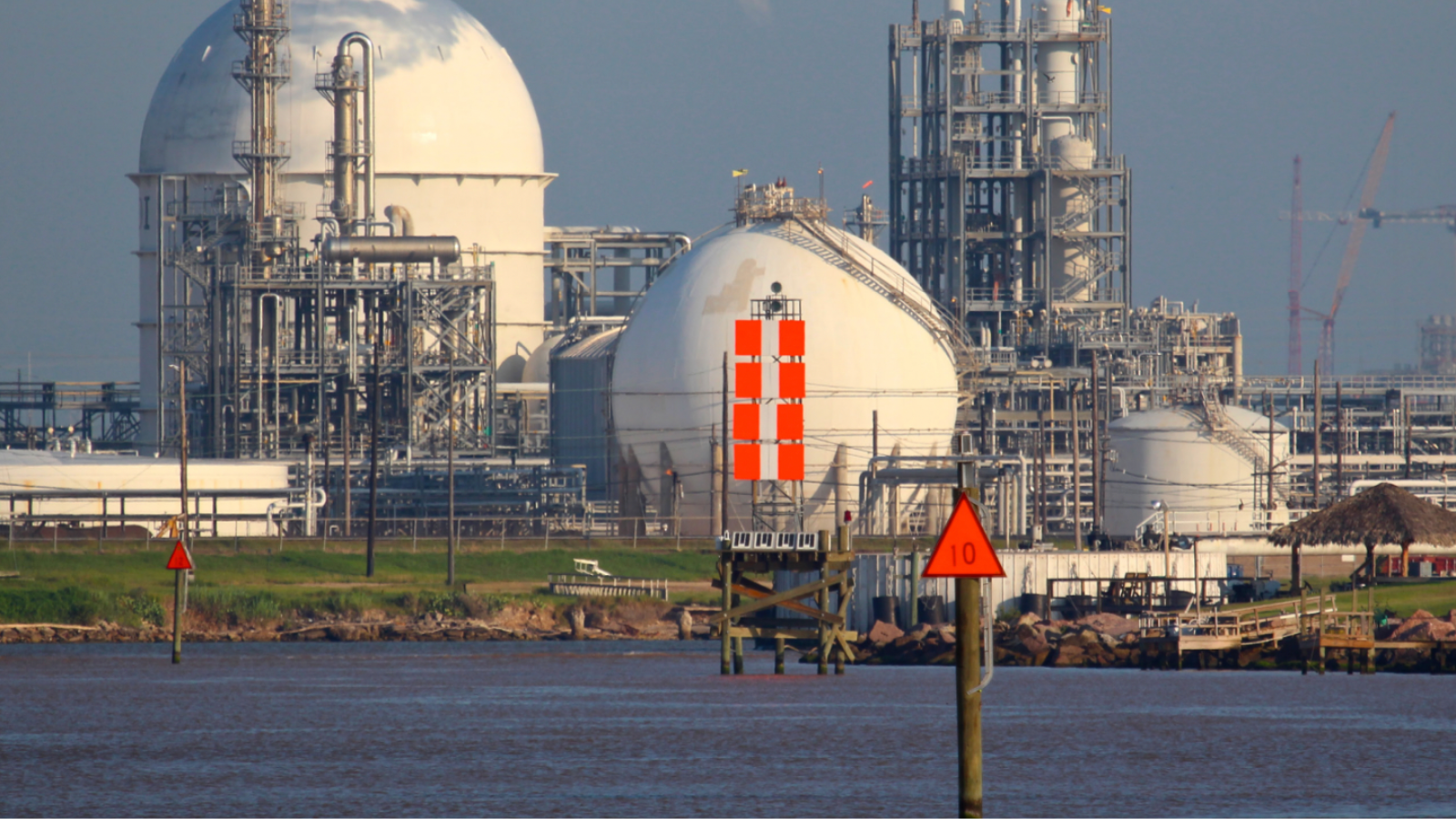
Wasting our Waterways
